Pixel 6 vs. Galaxy S21 FE: Which phone is best?
Who wins in the battle of the Pixel 6 vs. Galaxy S21 FE?

The Pixel 6 is hands down one of the best values we’ve seen on Android, making it a fitting challenger for Samsung’s new budget champ the Galaxy S21 FE. Its predecessor was our favorite value phone of 2020 and remained a popular choice through last year, but can the new model take up that mantle?
Both phones come in below traditional flagship pricing, but at $599 the Pixel 6 undercuts the Galaxy S21 by $100. However, Samsung does have some hardware advantages to justify that added cost including a full 120Hz AMOLED display, facial recognition and a telephoto lens.
For its part, Google has upped the ante on software support with a full five years of security updates, edging out Samsung’s previously Android-leading four years of support. The Pixel 6 will of course get its updates faster than the Galaxy S21 FE as well and offers some unique software like call screening and the astounding Magic Eraser photo feature.
Both of these phones offer compelling hardware, solid software support and are hundreds less than top-tier flagships, so let’s take a closer look at how they stack up across seven different categories to see which one comes out on top.
- Best smartphones in 2022
- Best budget phones in 2022
- Best mobile phone deals in January 2022
Pixel 6 vs. Galaxy S21 FE: price and value
The base Pixel 6 starts at $599 with 128GB of storage and 8GB of RAM. You can upgrade to 256GB for $699.
The Galaxy S21 FE comes in at $699 for the same 128GB of storage, but 6GB of RAM. For an added $70, you double your storage and bump up to 8GB of RAM.
If this section were just a pricing competition then the Pixel 6 wins, it would that simple. But no, we want to consider the overall value as well. That is a much more challenging question as the Galaxy S21 FE has some clear-cut hardware advantages that I’ll address in later sections.
Sign up to receive The Snapshot, a free special dispatch from Laptop Mag, in your inbox.
Ultimately, I am ruling this section a draw as the value question tips based on your personal preferences. If you are looking to spend as little as possible without dipping into the true budget phone market, then the Pixel 6 is the clear winner. However, if you want the closest thing to a flagship without spending $800+ the Galaxy S21 FE is the right choice.
Winner: Draw

Pixel 6 vs. Galaxy S21 FE: design
Google took a big swing with the Pixel 6 design and you will mainly get people that think it was either a complete miss or a home run, there’s not a lot of middling reactions. I come down on the grand slam side of things as Google managed to find a unique design with that full-width camera array and two-tone look that is also comfortable to use.
The Galaxy S21 FE gives a modified version of the Contour Cut Camera housing that debuted on the Galaxy S21 lineup last year. It lacks some of the boldness of those variants as the camera housing is color-matched to the rest of the phone, making it blend in rather than pop.

Durability can’t settle this fight either as both phones offer IP68 water and dust resistance along with Gorilla Glass Victus display protection. Now while I’m not going to drop-test my review unit, I would guess that the Pixel 6 would be more likely to sustain damage to its camera array on a drop due to how significantly it projects out from the back. However, if that’s a concern, just put a case on the phone.
One clear advantage for the Galaxy S21 FE is its size. It is a bit more manageable at 6.1 x 2.9 x 0.31 inches and 6.2 ounces than the 6.2 x 2.9 x 0.35-inch, 7.3-ounce Pixel 6.
For those that complained that the Pixel 6 is just too big, the size advantage may be compelling enough to push them to the Galaxy S21 FE, but I don’t find that to be the case and the more compelling design holds enough weight that I consider this category a draw.
Winner: Draw
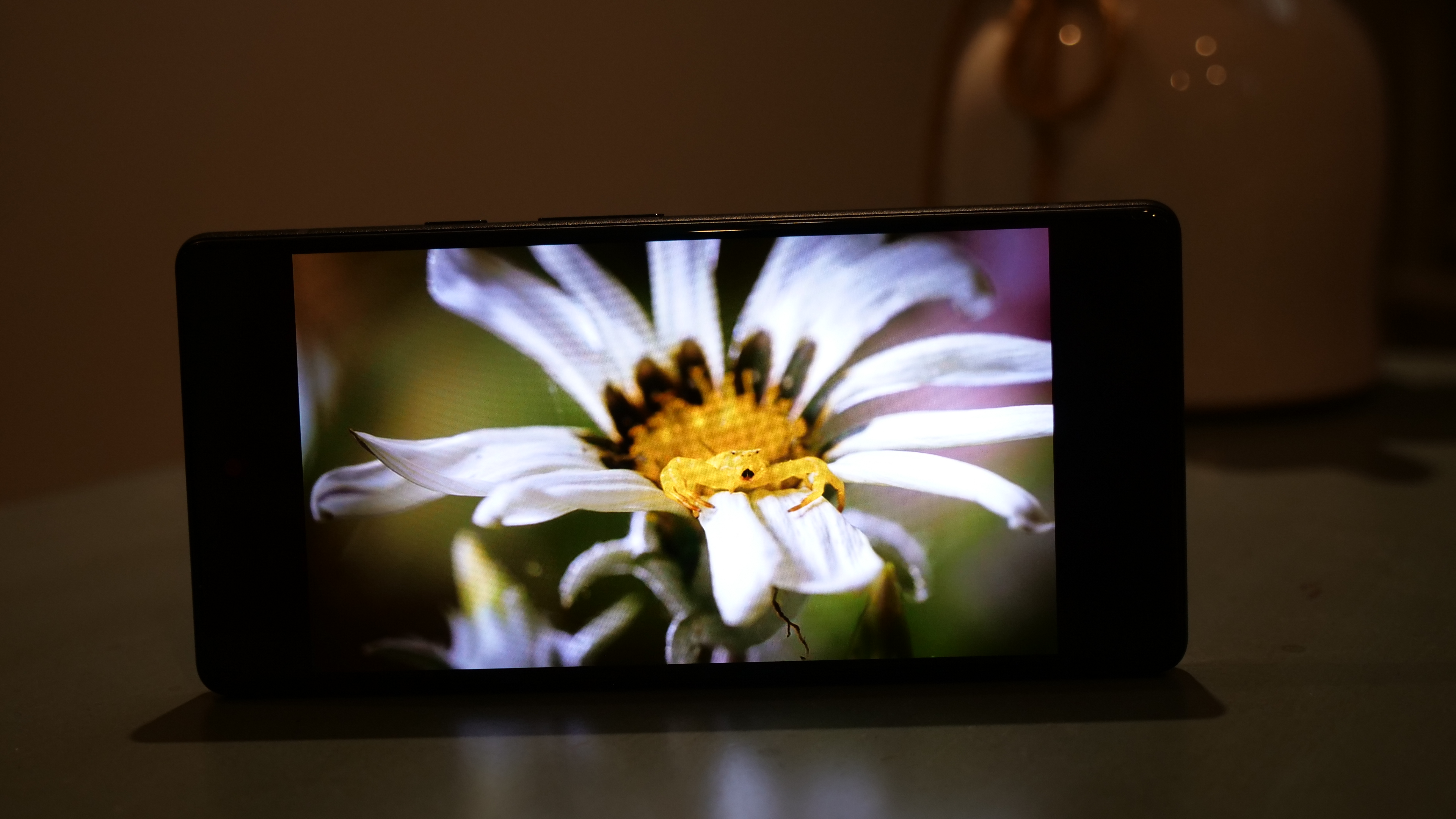
Pixel 6 vs. Galaxy S21 FE: display
The Pixel 6 and Galaxy S21 FE displays are quite similar at first glance, but when you dig a bit deeper you start to see the differences. The Pixel 6 features a 6.4-inch, FHD+ (2400 x 1080 pixel) AMOLED display with Google’s Smooth Display adaptive 90Hz refresh rate. The Galaxy S21 FE also has a 6.4-inch, FHD+ (2400x1080 pixel) Dynamic AMOLED 2X screen with a 120Hz refresh rate.
There are two differences worth noting there. The most obvious is the higher 120Hz refresh rate on the Galaxy S21 FE, in theory, this should make animations and apps with support for 120Hz look smoother, in practice, it is very hard to tell the difference between 90Hz and 120Hz. The other difference isn’t visually perceptible but has a greater impact on usage. The Pixel 6 refresh rate adjusts from 60Hz to 90Hz depending on what is on the screen to preserve battery life. With the Galaxy S21 FE, you can set it at 60Hz or 90Hz, but it is locked there.

Our colorimeter results tip pretty heavily in favor of the Galaxy S21 FE, which managed to reproduce 78.5% of the DCI-P3 color gamut in its Natural color setting, well ahead of the Pixel 6 (71.5%). You can switch to Vivid on the Galaxy S21 FE and bump that up to 146.9% to maximize the saturated look.
Brightness brings the scales back to the Pixel 6; it managed the highest result that we’ve seen on an Android phone with 843 nits, considerably higher than the 700 nits the S21 FE produced. Both will be just fine in direct sunlight, but the Pixel 6 is perceptibly brighter.
While the lack of an adaptive refresh rate on the Galaxy S21 FE is disappointing overall, it doesn’t take away from the actual display experience and viewed side-by-side the Galaxy S21 FE is hands down the winner.
Winner: Samsung Galaxy S21 FE

Pixel 6 vs. Galaxy S21 FE: performance
Google’s custom Tensor chip really changed the game for the Pixel 6 this year as typically we were just looking at a Snapdragon vs. Snapdragon fight and often with Google using a lower-end or older chipset. While Tensor isn’t a mobile powerhouse like Apple’s Bionic processor, it’s clear that Google made some unique choices with its chip that yield some advantages.
When it comes to most typical real-world use cases, you will not have a problem with either of these phones. Load up Google Chrome tabs to your heart’s content and jump between your apps while running a Netflix video in the background and everything will keep playing smoothly. The base Galaxy S21 FE will run aground slightly faster when it comes to managing a bunch of apps in the background due to its 6GB of RAM, but even that shouldn’t be an issue for most users. Heavier mobile games and apps like Call of Duty Mobile on its high settings and the mobile video editing app Filimic Pro run smoothly on both phones as well, just don’t try playing back a video in picture-in-picture on top of those.
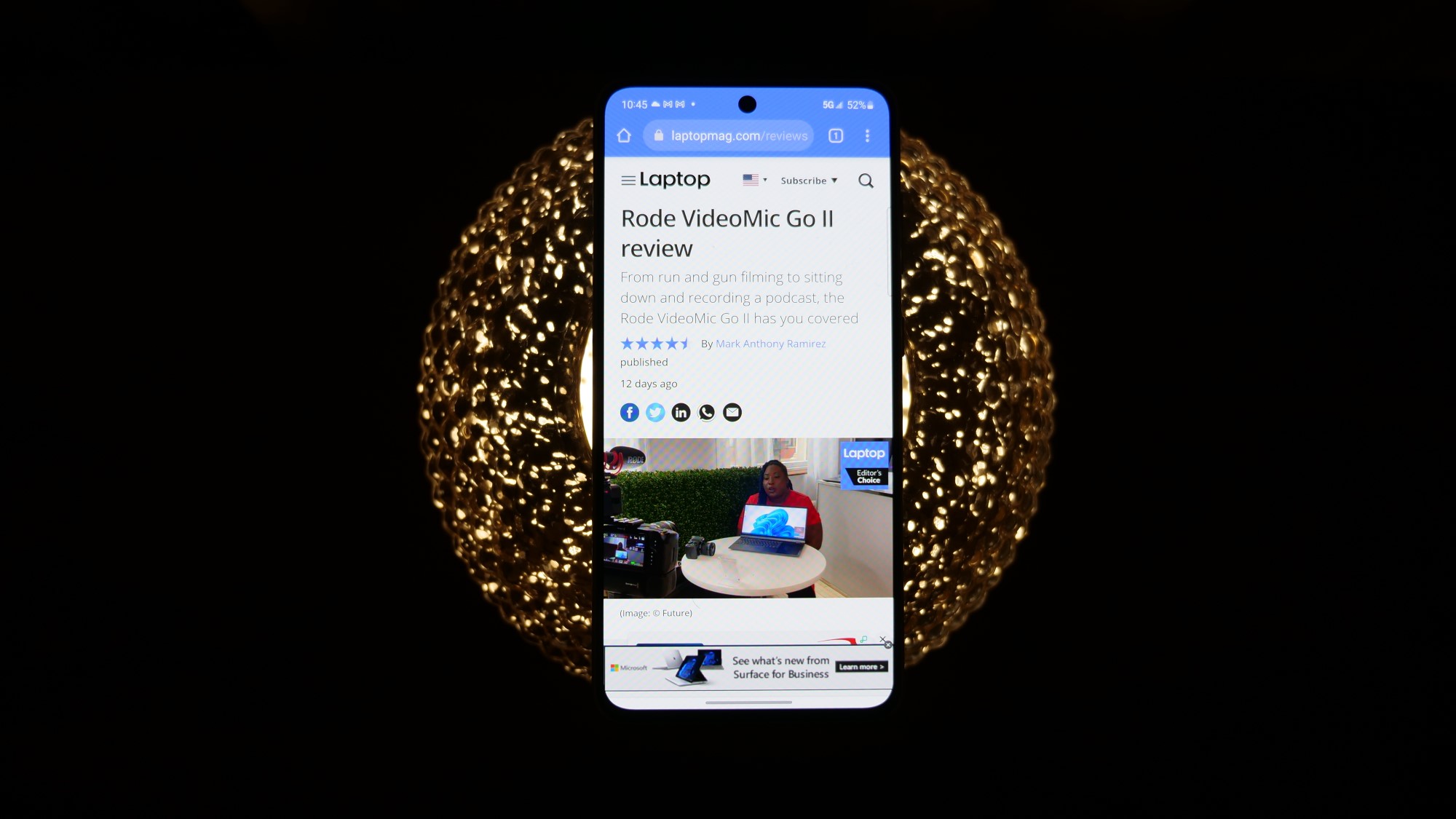
Benchmark testing shows the same with each phone excelling in different areas. In the Geekbench 5 overall performance test, the Pixel 6 managed a score of 2,696. That’s well behind the 3,199 that the Galaxy S21 FE achieved. Neither is challenging even last year’s top flagships with those scores.
Our graphics-focused testing was an even contest for these phones, with both the Pixel 6 and S21 FE hitting 34 frames per second in the Wild Life Unlimited 3DMark test. Unfortunately, the Adobe Premiere Rush video editing test wasn’t available for the Galaxy S21 FE yet, the Pixel 6 finished rendering and exporting a 4K video to 1080p in 49 seconds. None of the Galaxy S21 variants beat a minute, so it’s reasonable to assume the Pixel 6 will win.
Some other performance advantages for the Tensor chip are faster on-device performance for Google Assistant, transcription and translation. This is due to a focus on AI-based performance, which Apple has been pushing with the last couple of generations of its Bionic processors as well.
While the Tensor chip seems like a clear long-term win for Google, it doesn’t offer it an obvious performance advantage over the Snapdragon 888 chip in the Galaxy S21 FE today.
Winner: Draw
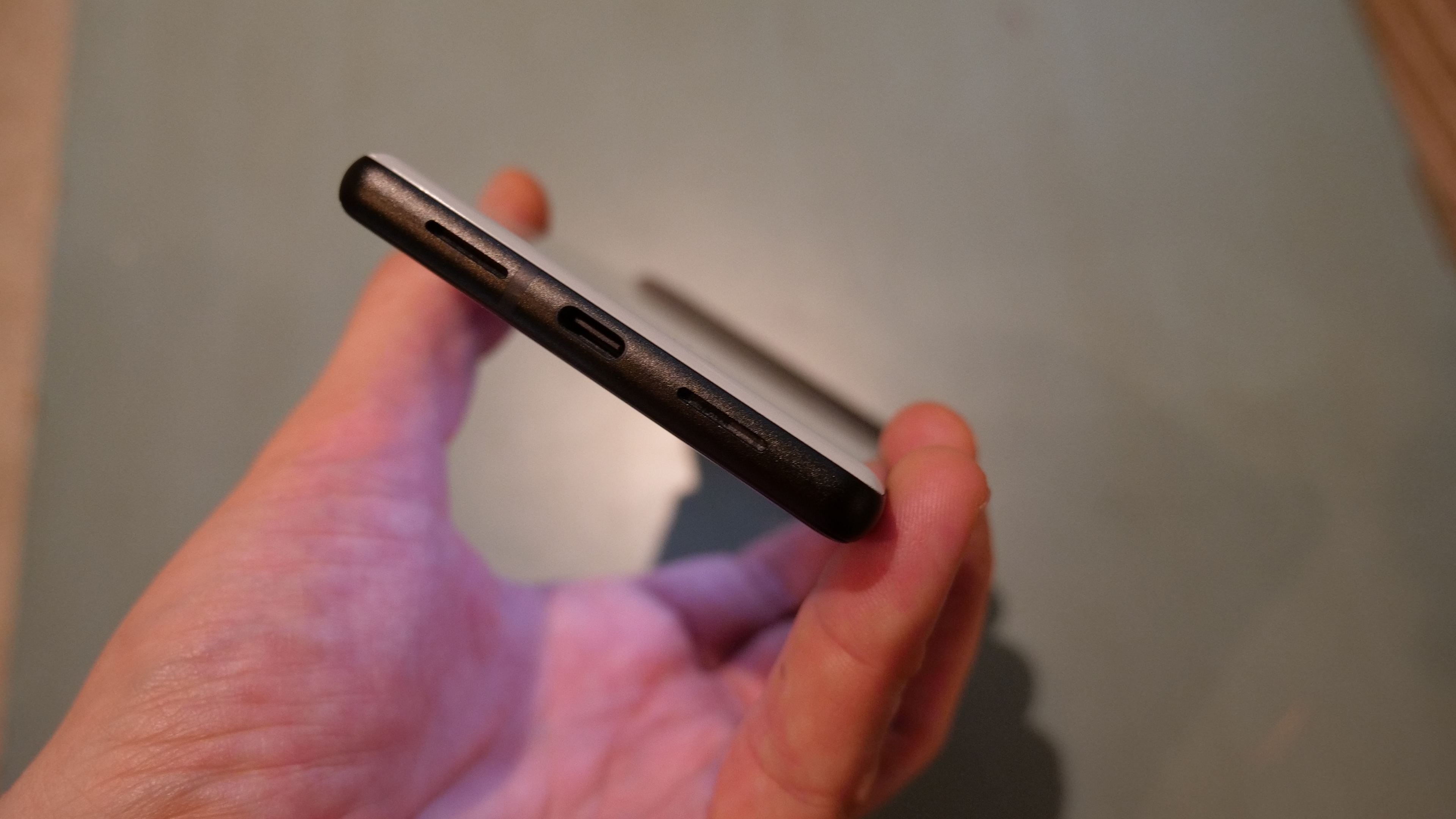
Pixel 6 vs. Galaxy S21 FE: battery life and charging
Battery life and charging is a bit of a messy category for this face-off as some people have had serious issues with the Pixel 6 battery life, while I have found it to be quite good. From a pure hardware perspective, they are close with a slight edge to the Pixel 6 with its 4,614mAh battery versus 4,500mAh on the Galaxy S21 FE.
If you look at our Laptop Mag Battery test, things don’t actually look great for either phone. The Pixel 6 lasted 7 hours and 46 minutes in its static refresh rate mode on our test which involves consistently surfing the web over 5G while the display is set at 150 nits of brightness. The Galaxy S21 FE by comparison managed 9 hours and 15 minutes in that same test on its 60Hz setting, but only 7 hours and 47 minutes at 120Hz.
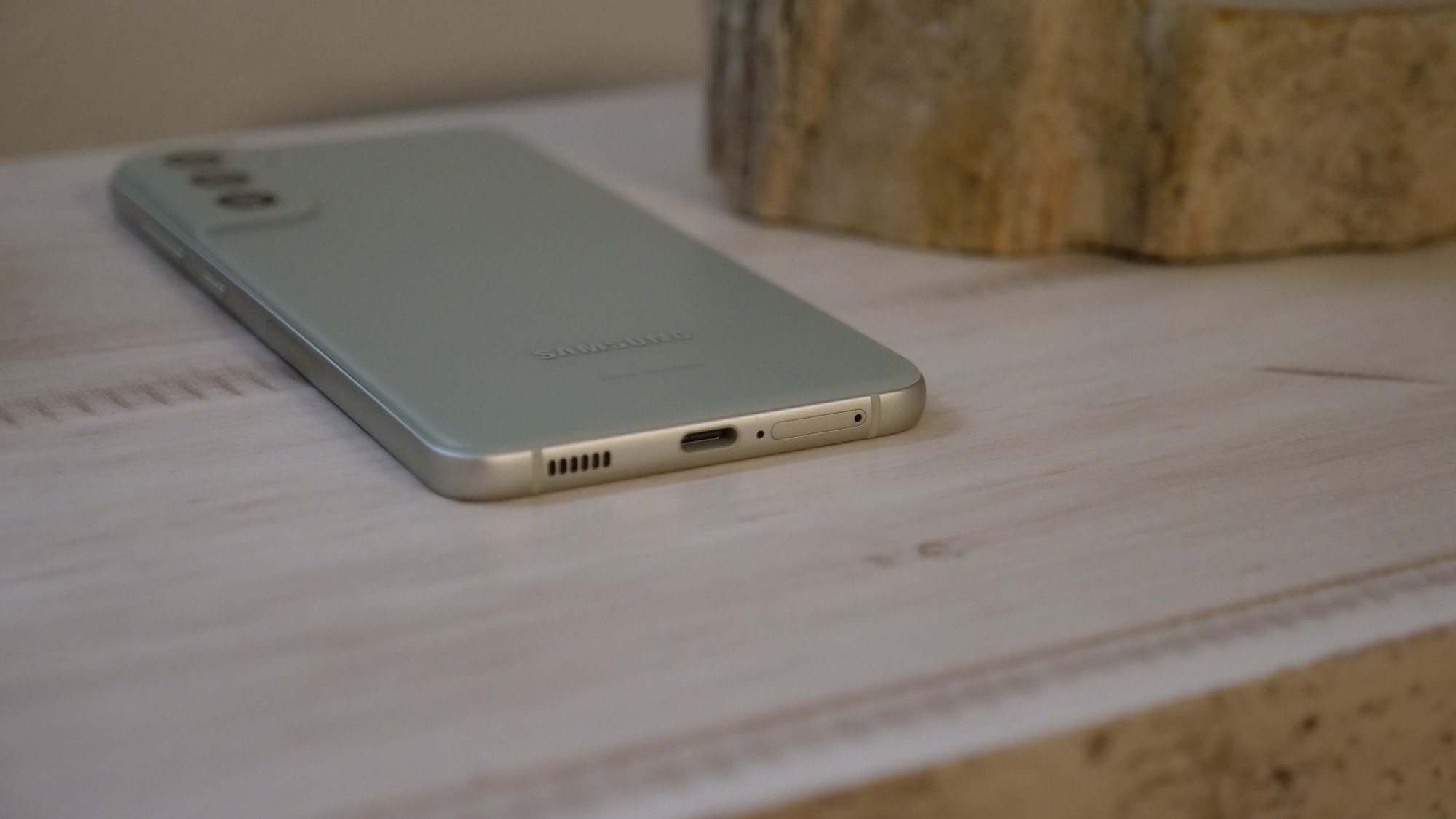
Turning to my real-world usage, the Pixel 6 tends to end the day with more of a charge than the Galaxy S21 FE. Neither is going to be finding its way onto our phones with the best battery life page anytime soon, but if it’s between these two and you value battery life the Pixel 6 has a slight edge.
Charging is almost a dead heat between these two phones; the Galaxy S21 FE supports 25W wired charging, while the Pixel 6 tops out at 23W. Both can get to roughly a 50% charge in 30 minutes with a fast charger.
Support for wireless Qi charging is also present on both phones, but the Pixel 6 has a bigger advantage here with a maximum 23W compared to 15W for the S21 FE. Notably, the Pixel 6 does require its proprietary charging stand for those top speeds.
Winner: Pixel 6
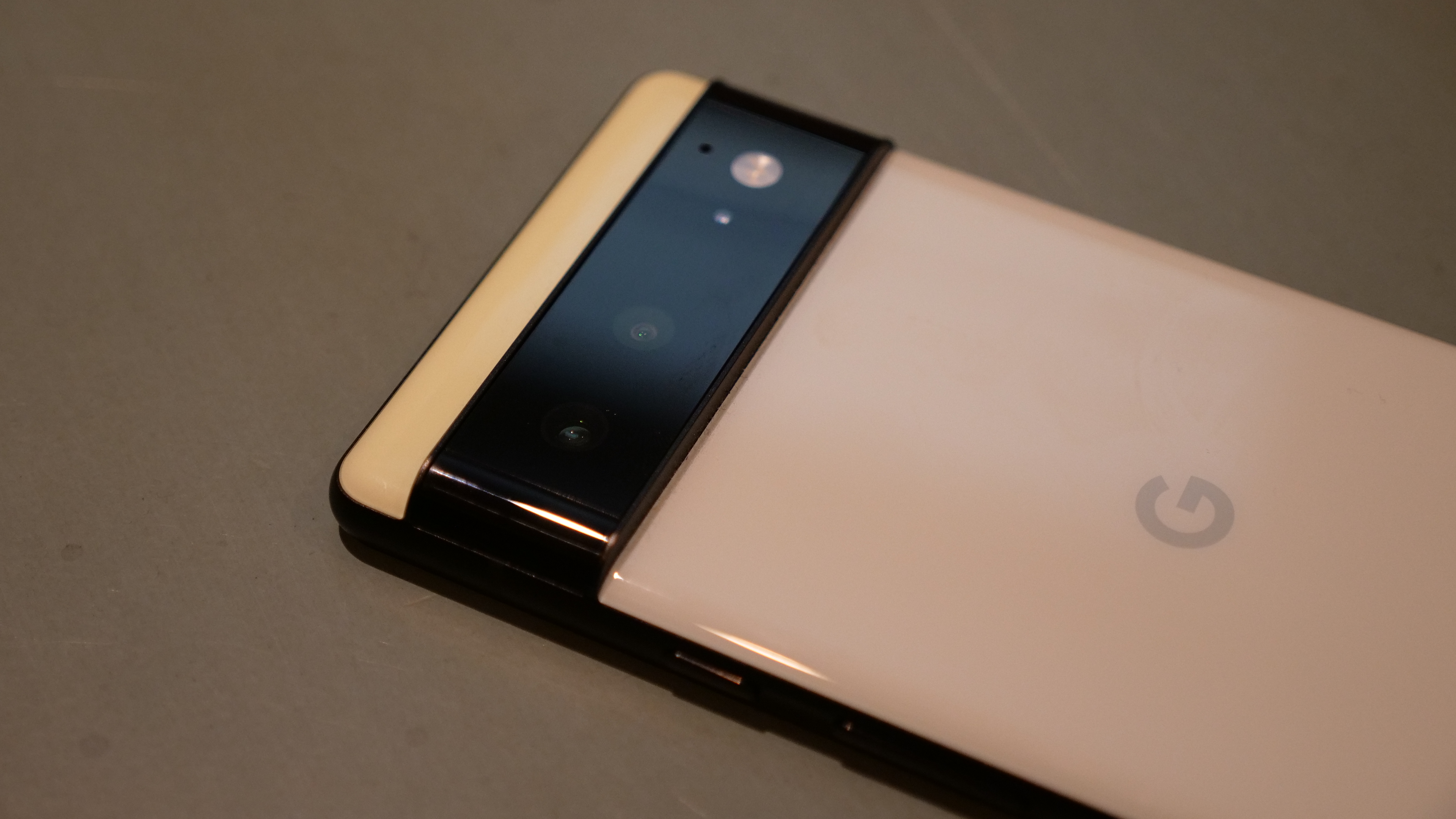
Pixel 6 vs. Galaxy S21 FE: cameras
The Pixel line has famously delivered excellent photos with much more basic camera hardware than its competitors, but that finally changed this year with the Pixel 6 and Pixel 6 Pro. By comparison, the Samsung Galaxy S21 FE delivers a more versatile triple camera array, but it doesn’t have the obvious hardware advantage that we’ve seen in the past.
The Pixel 6 features a wide-angle primary 50MP Octa PD Quad Bayer sensor with an f/1.85 aperture and a 1.2µm pixel width. That new sensor is 1/1.31”, one of the largest currently available in a phone. The 12MP ultra-wide added a larger 1.25µm pixel width, f/2.2 aperture, and a wider 114-degree field of view. While it’s missing the telephoto of its competitor, this is the best one-two combo we’ve ever seen in a phone at this price point.

The Samsung Galaxy S21 FE gets a trio of cameras including a 12MP wide-angle with dual pixel autofocus and optical image stabilization (OIS) at f/1.8, a 12MP ultra-wide at f/2.2, and an 8MP 3x telephoto at f/2.4 with OIS.
We’re working on our review of the Galaxy S21 FE which will help settle the camera performance question definitively, but it is likely going to come down to what you value in your smartphone camera. The primary sensor of the Pixel 6 is better than anything the Galaxy S21 FE has to offer. Still, the telephoto on the FE will let you get longer-range photos and videos that the Pixel 6 could never capture.
This makes the Pixel 6 the better choice for most people as it will deliver better snapshots in daylight or low-light thanks to its superior sensor and Google’s much-vaunted camera software.
Winner: Pixel 6
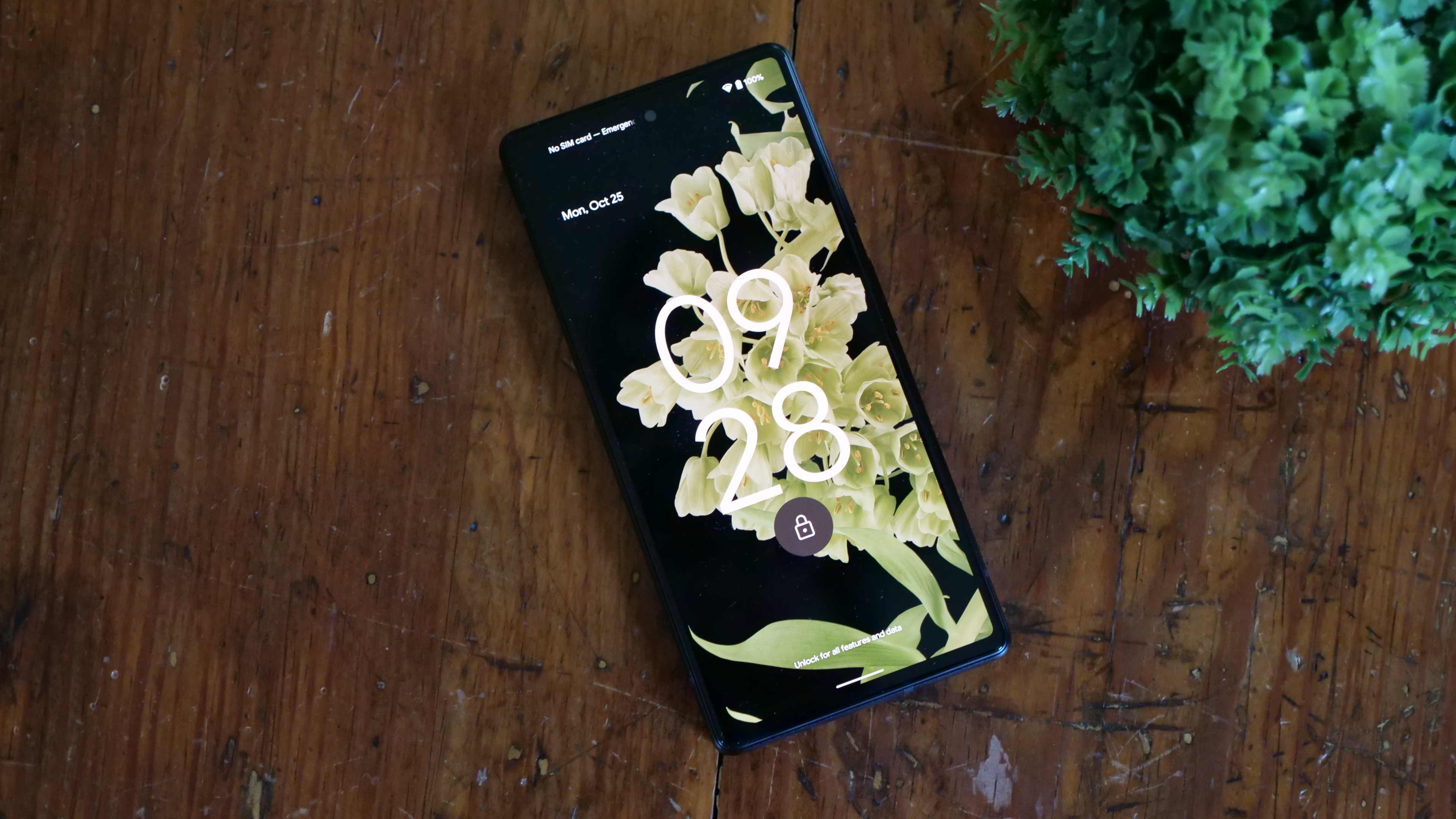
Pixel 6 vs. Galaxy S21 FE: software
Samsung was the front-runner in the Android realm when it came to software support before the Pixel 6 and Pixel 6 Pro launch. While Samsung delivers a solid three years of major OS updates and four years of security updates, Google matches the OS updates and gives you a full five years of security updates.
That alone would probably leave this too close to call, but Google also gets the updates out to the Pixels far faster than Samsung can manage with its Galaxy phones. These advantages combined give Google an insurmountable lead in this category.
For its victory lap, the Pixel 6 gets some nice extras like Hold for Me, which will tell you when a real person comes back on an automated call and dramatically improved dictation that is assisted by the new Tensor chip. Camera features like Magic Eraser and Real Tone are potential game-changers as well.
Winner: Pixel 6
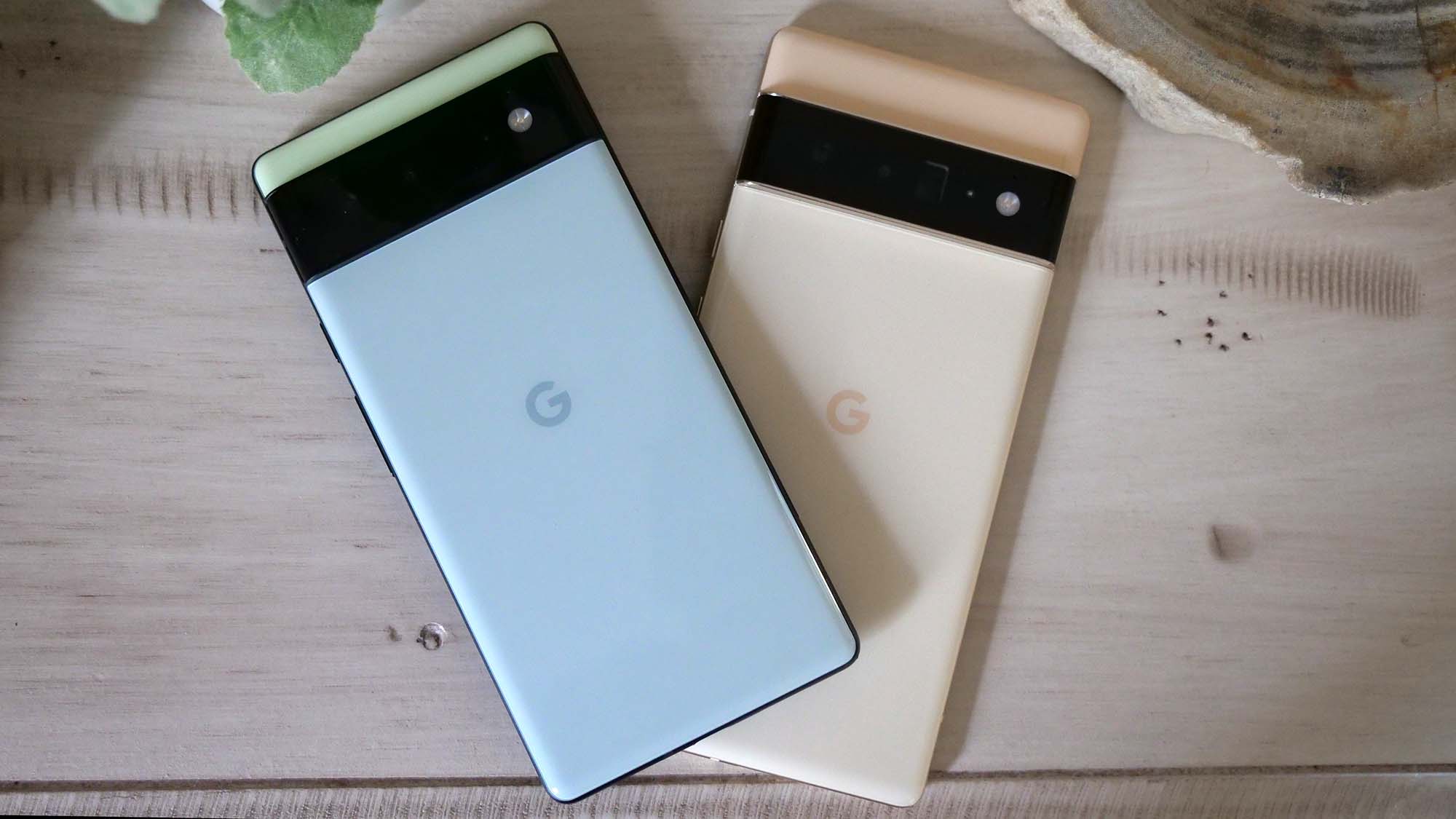
Overall winner: Pixel 6
The Pixel 6 is the better smartphone for most people based on our testing and experience with these phones. It isn’t a landslide victory, many of the categories are quite close, but taken as a whole the Pixel 6 wins it. This comes down to its affordable price point, slightly superior software support, excellent primary camera and again marginally better battery life.
The Galaxy S21 FE remains a solid choice, some may prefer its smaller form factor, the added reach of its telephotos lens and superior 120Hz display. If any of these are primary concerns for you (or if you can find the S21 FE on sale) there is not enough separating them to say you are wrong to go with Samsung.
Sean Riley has been covering tech professionally for over a decade now. Most of that time was as a freelancer covering varied topics including phones, wearables, tablets, smart home devices, laptops, AR, VR, mobile payments, fintech, and more. Sean is the resident mobile expert at Laptop Mag, specializing in phones and wearables, you'll find plenty of news, reviews, how-to, and opinion pieces on these subjects from him here. But Laptop Mag has also proven a perfect fit for that broad range of interests with reviews and news on the latest laptops, VR games, and computer accessories along with coverage on everything from NFTs to cybersecurity and more.

